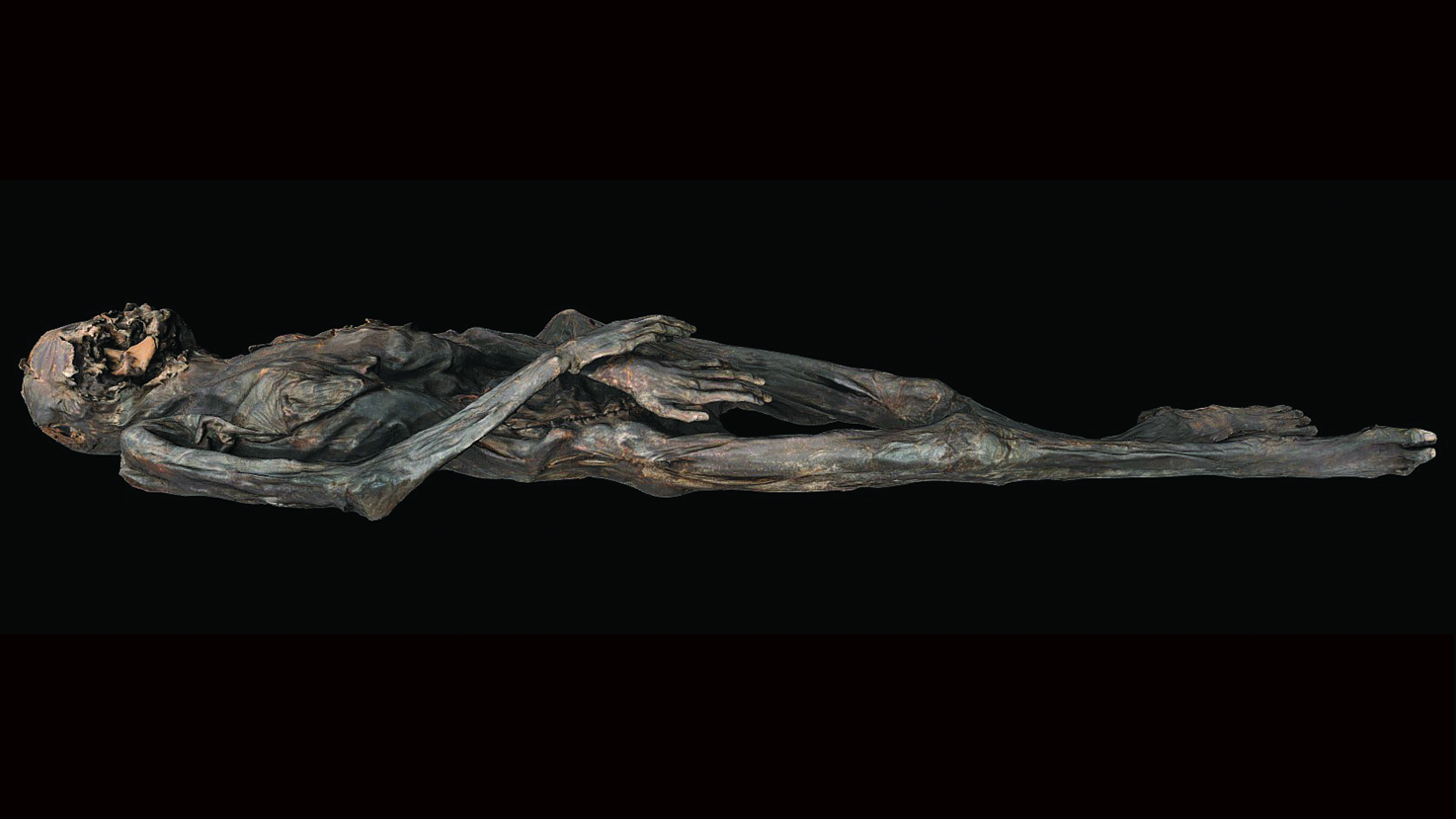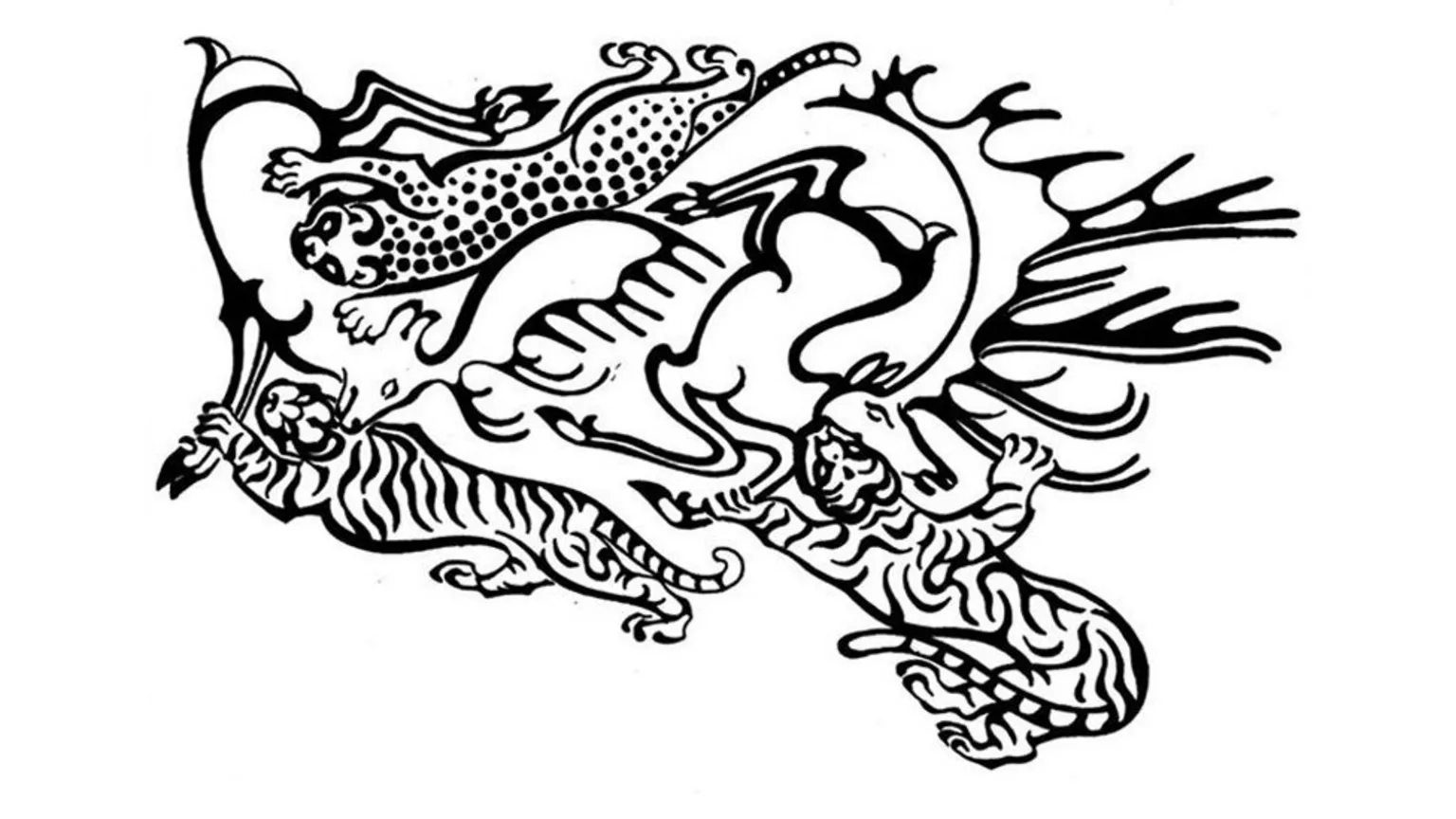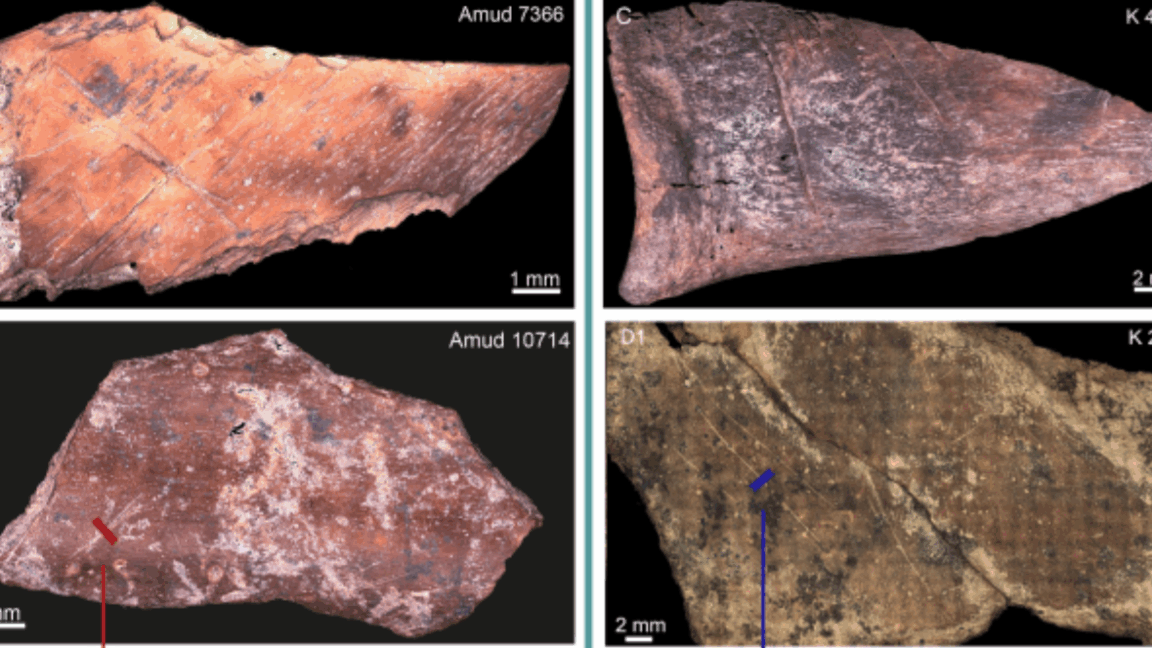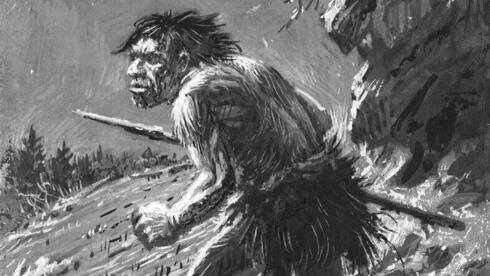T4K3.news
Ancient tattoos from Siberia reveal new techniques
Recent analysis of a 2,300-year-old mummy shows advanced tattooing methods from the Pazyryk culture.

Discoveries made through advanced photography provide new insights into ancient tattooing techniques.
New findings on ancient Siberian tattoos transform understanding of cultural practices
Recent analysis of a 2,300-year-old mummified woman from Siberia has unveiled groundbreaking details about ancient tattooing practices. Using near-infrared photography, researchers identified that skilled techniques were employed to create the complex designs on her skin. The woman belonged to the nomadic Pazyryk culture, which thrived during the Iron Age. Notably, her tattoos are characterized by a combination of multi-point and single-point tools, suggesting an advanced artistry in the tattooing process. This research, published in the journal Antiquity, sheds light on how these intricate designs reflect individual and cultural narratives from the past.
Key Takeaways
"Many cultures around the world traditionally used bundles of plant thorns and spines to tattoo."
This quote highlights the common practices of tattooing tools in various cultures, framing the uniqueness of Pazyryk techniques.
"Ultimately, these methods render tattoos indexes of individual lives as well as cultural belief systems."
Lodder's insights emphasize the cultural significance of tattoos beyond mere decoration, framing them as vital historical markers.
"Whether tattooing was done in a permanent workshop or as part of seasonal burial rites is a question we can't answer yet."
Deter-Wolf reflects on the unknowns surrounding the context of tattooing practices in ancient Pazyryk culture, indicating gaps in understanding.
The study of these ancient tattoos reveals much more than aesthetic preferences; it provides a window into the social and spiritual lives of the Pazyryk people. The varying techniques might suggest differing levels of expertise among tattooists, or possibly a communal approach to tattoo artistry. As the researchers highlight, there remains a tantalizing mystery regarding the significance of the tattoos, particularly how they were treated during the embalming process. This element suggests a complex relationship between life, death, and artistry in ancient Siberian cultures, warranting further exploration.
Highlights
- Ancient tattoos reveal stories of identity and creativity.
- The artistry of Pazyryk tattoos reflects a rich cultural heritage.
- Tattoo techniques open a window into ancient Siberian lives.
- Pazyryk mummies hold secrets of artistry and ritual.
Cultural sensitivity surrounding ancient practices
The study of ancient tattoos can evoke strong reactions, as interpretations of their meanings affect cultural identity and practices. Understanding the significance of tattoos in Pazyryk culture may challenge contemporary views on body art and spirituality.
The ongoing exploration of ancient practices highlights the rich tapestry of human creativity and belief.
Enjoyed this? Let your friends know!
Related News

Researchers reveal ancient tattoos of Siberian mummy

Ancient artifacts reveal Earth's magnetic history

Ancient DNA connects modern Europeans to Siberians

Neanderthal dietary differences revealed in new study

Ancient Thai site reveals early betel nut use

Ancient ecosystem discovered in Illinois

Giant meteor impact linked to Grand Canyon landslide

Neanderthal butchering methods varied by group
